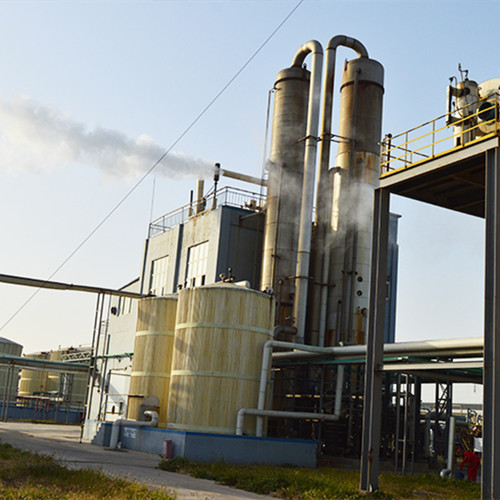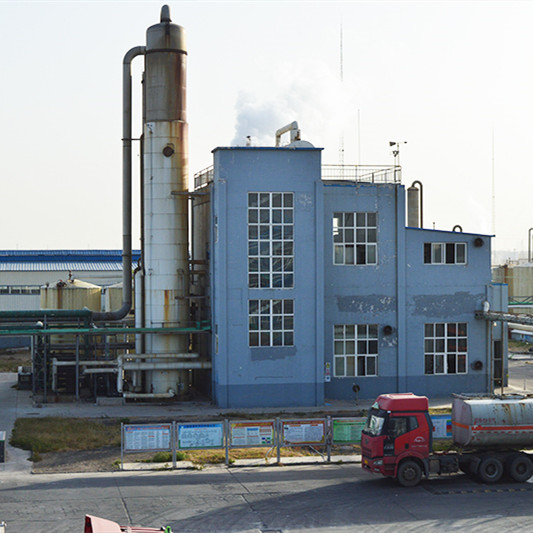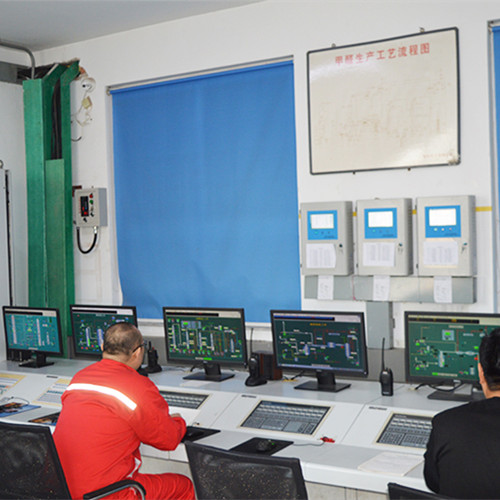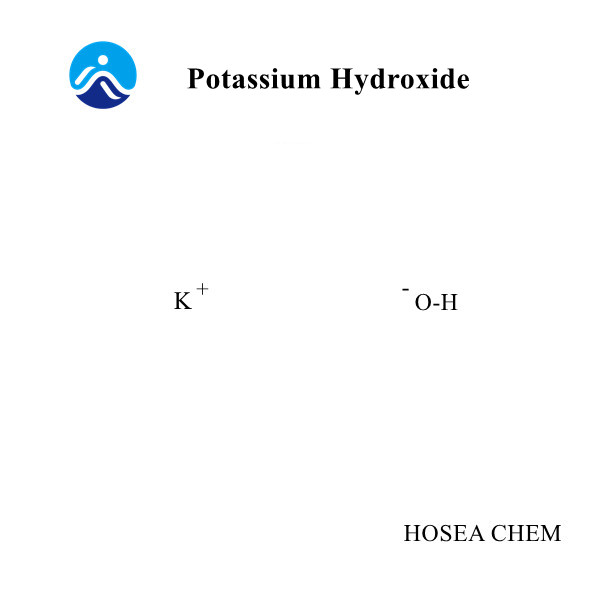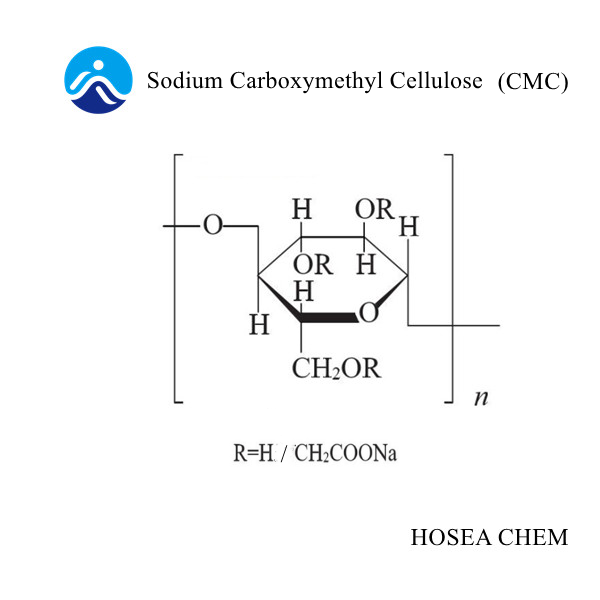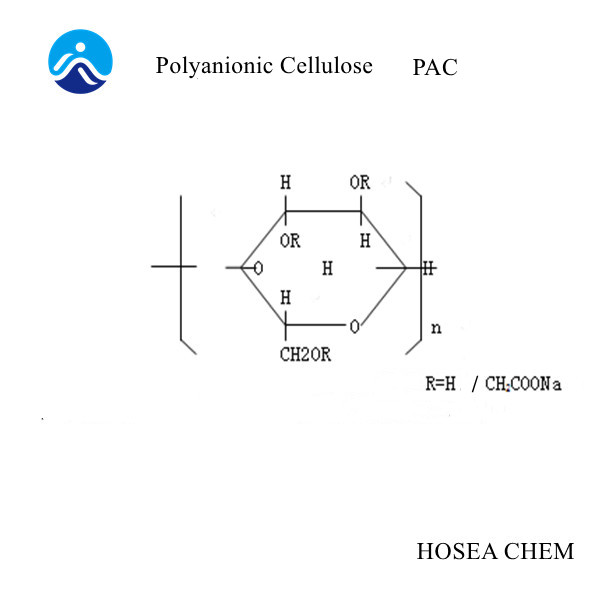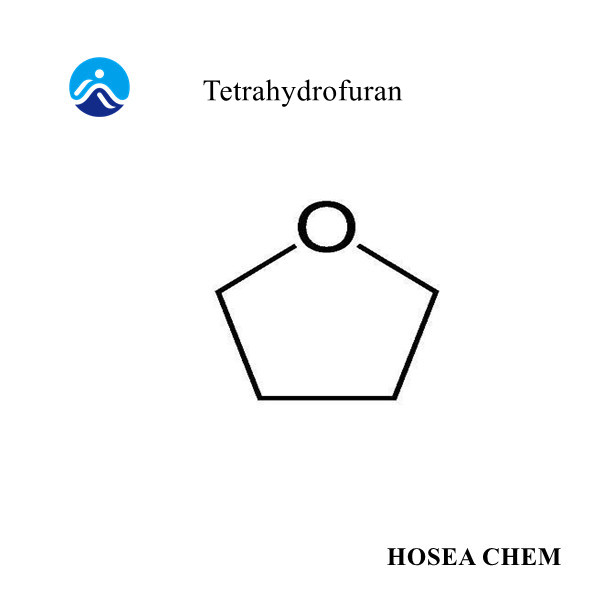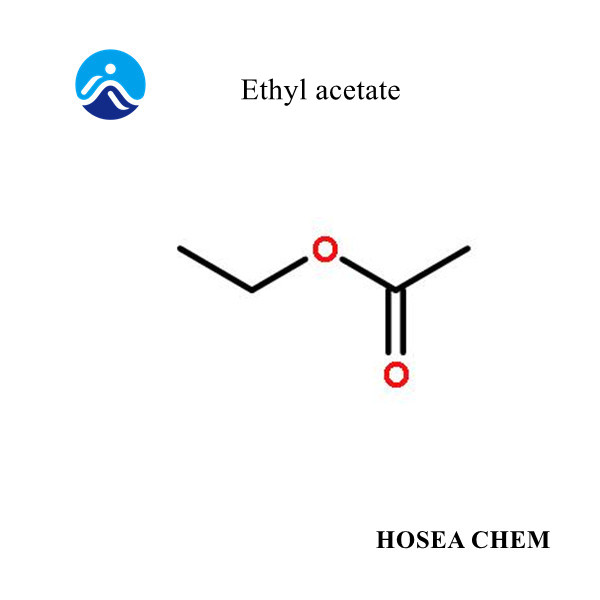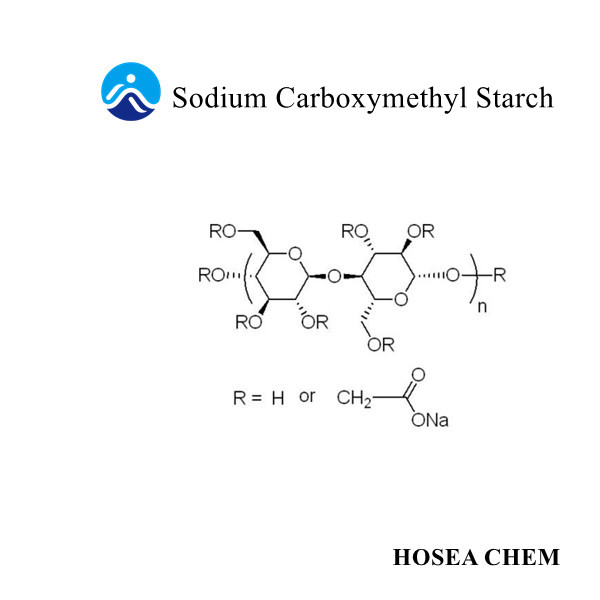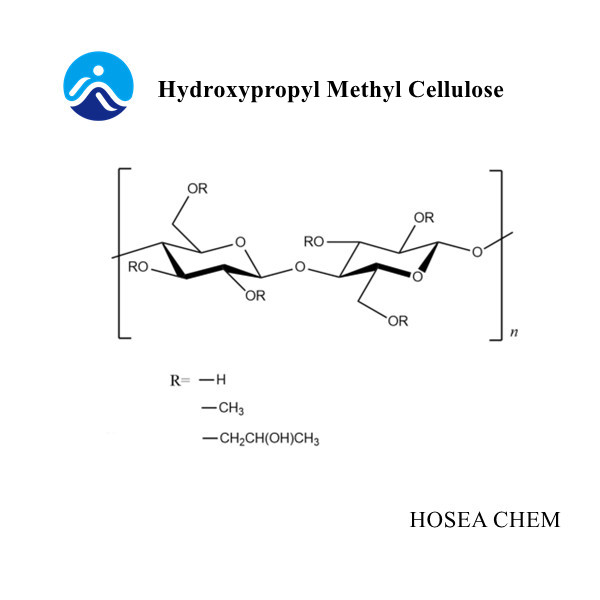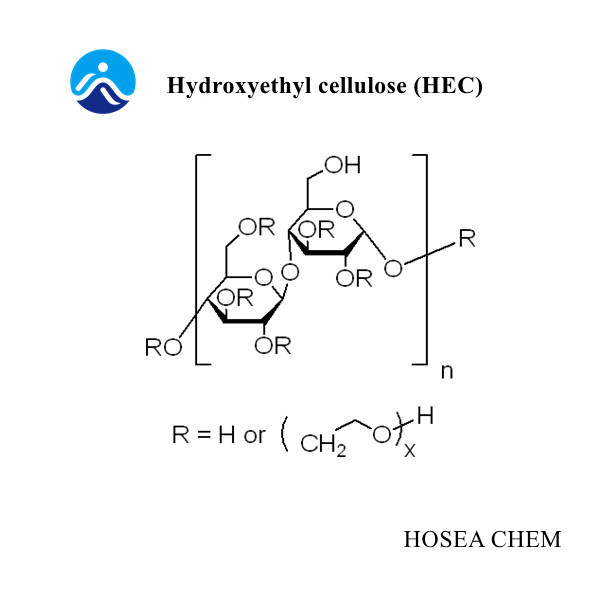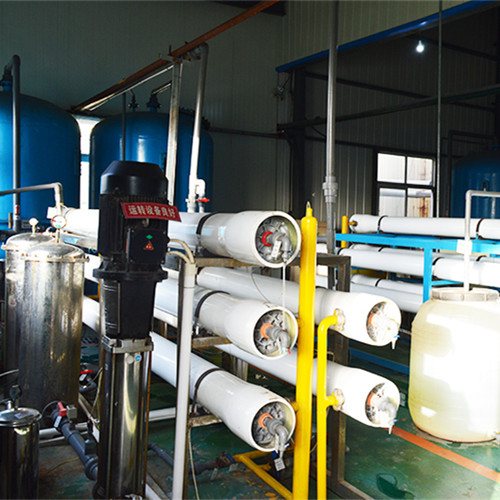Introduction of Paraformaldehyde
2022-12-26Product description
Paraformaldehyde is a high-molecular polymer with a molecular formula of (CH2O)n, a white amorphous powder with a smell of formaldehyde, and is a linear polymer of formaldehyde. It has no fixed melting point and decomposes when heated. The melting point is 120-170°C. It is easily soluble in hot water and emits formaldehyde, slowly soluble in cold water, soluble in caustic alkali and alkali metal carbonate solution, insoluble in alcohol and ether, and its high polymer is insoluble in water. Reactions similar to formaldehyde can occur, such as chloromethylation, acetal formation with alcohol, etc. Used in synthetic resins, adhesives, medicines, fungicides, insecticides, disinfectants, etc.
Physical and chemical properties
Appearance and properties: white crystal or amorphous powder. It smells of formaldehyde.
Melting point/freezing point (°C): 120-180
Boiling point, initial boiling point and boiling range (°C): decomposed before boiling
Ignition temperature (℃): 300
Relative vapor density (air=1): 1.03
Relative density (water=1): 1.46 (15°C)
Heat of combustion (kJ/mol): -589
Saturated vapor pressure (kPa): <0.16 (25°C)
Flash point (℃): 71
Decomposition temperature (℃): 164
Upper limit of explosion [% (V/V)]: 73.0
Lower explosion limit [% (V/V)]: 7.0
Flammability: Flammable
Solubility: Insoluble in most organic solvents, soluble in lye.
Recommended use
It is widely used in the synthesis of pesticides, resins, coatings, and various adhesives and enhancers. Also used as a sterilizing agent, disinfectant, fumigant; used in organic synthesis, pharmaceutical industry, etc.
hazard information
Flammable solid; Causes skin irritation; Causes serious eye irritation; Harmful if swallowed; Harmful if inhaled; Causes damage to organs by single exposure; Harmful to aquatic life; Harmful to aquatic life with long lasting effects.
Precaution
Use with ventilation, local exhaust ventilation. Prevent dust from being released into the workshop air.
Keep away from heat, sparks, open flames, hot surfaces, use explosion-proof electrical, ventilation, lighting, equipment. Use only non-sparking tools.
Wear protective clothing, gloves and goggles. Avoid contact with skin and eyes.
Wash thoroughly after handling. Eating, drinking or smoking are prohibited at work.
Incident response
Skin contact: Immediately take off contaminated clothing, rinse thoroughly with plenty of flowing water for 20-30 minutes.
Eye contact: Immediately lift the eyelids and rinse with flowing water or saline for 5-10 minutes. Seek medical attention.
Inhalation: Quickly leave the scene to fresh air. Keep the airway smooth. Give oxygen if breathing is difficult. Immediately perform cardiopulmonary resuscitation when breathing and heartbeat stop. Seek medical attention.
Ingestion: Rinse mouth with water, do not induce vomiting, give milk or egg white, seek medical attention.
In case of fire, extinguish with water, alcohol-resistant foam, carbon dioxide, and dry powder.
Safe storage
Store in a cool, ventilated warehouse. Keep away from fire and heat sources. The package is sealed. It should be stored separately from oxidants, acids and bases, and alcohols, and should not be mixed.
Explosion-proof lighting and ventilation facilities are adopted. Prohibit the use of mechanical equipment and tools that are prone to sparks. Storage areas should be equipped with suitable materials to contain spills.
Disposal
Refer to relevant national and local regulations before disposal. Do not enter sewers.
Dispose of the substance or container in a safe manner. Dispose of waste at an approved waste disposal facility.
